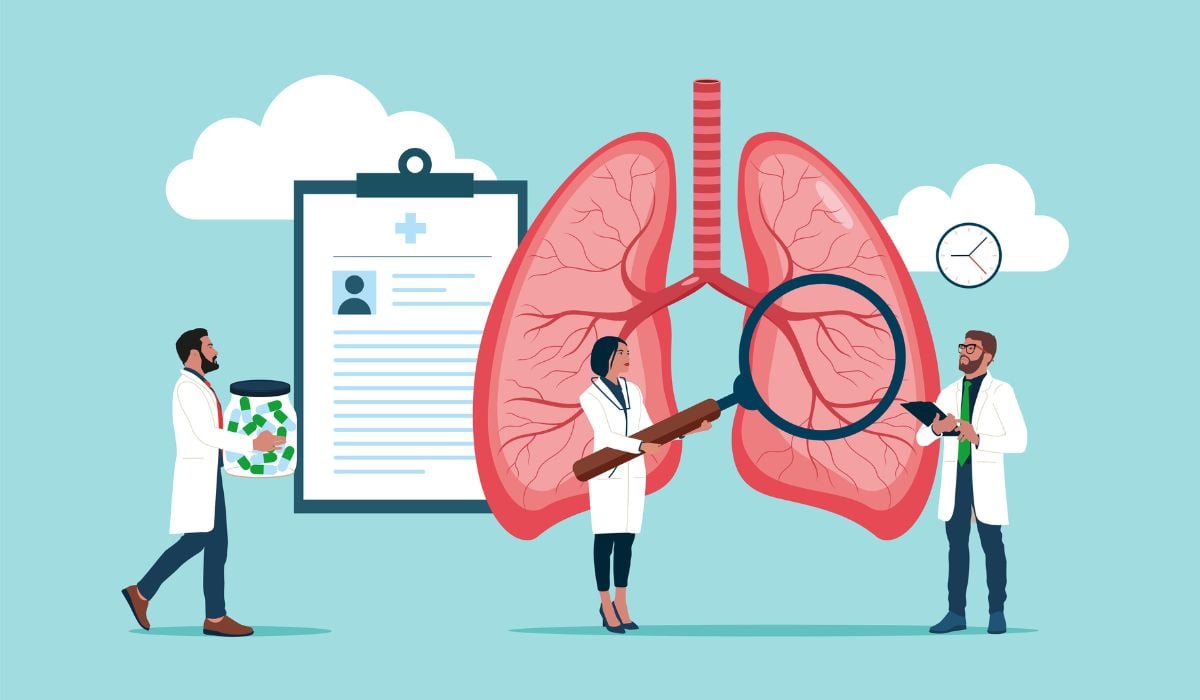The Basic Principles Of Arogyajivan Medical Tourism For Oncology
The Basic Principles Of Arogyajivan Medical Tourism For Oncology
Blog Article
Some Known Factual Statements About Arogyajivan Medical Tourism For Oncology
Table of ContentsThe Greatest Guide To Arogyajivan Medical Tourism For OncologyHow Arogyajivan Medical Tourism For Oncology can Save You Time, Stress, and Money.Little Known Facts About Arogyajivan Medical Tourism For Oncology.Arogyajivan Medical Tourism For Oncology - TruthsSome Known Facts About Arogyajivan Medical Tourism For Oncology.The smart Trick of Arogyajivan Medical Tourism For Oncology That Nobody is DiscussingNot known Details About Arogyajivan Medical Tourism For Oncology
Presently, one of the most significant inevitable risk aspect is age. According to the American Cancer Society (ACS), medical professionals in the USA detect of cancer cells instances in people ages half a century or older. Genetic factors can add to the growth of cancer cells. A person's hereditary code informs their cells when to split and expire.Genetics additionally affect the cells' production of proteins, and proteins lug numerous of the directions for cellular growth and department. This to a tendency for cancer.
What Does Arogyajivan Medical Tourism For Oncology Mean?
These mutations may contribute to the growth of of cancer cases. Some genetic anomalies that boost the danger of creating cancer cells occur after birth. Medical care experts refer to these adjustments as "gotten genetics anomalies". Feasible reasons include smoking cigarettes and sun direct exposure. These genetic modifications trigger cancer much more typically than acquired genetics anomalies.

Doctors categorize cancer cells by its place in the body and the tissues that it develops in. When malignant cells infected various other components of the body, the medical term for this is transition. A person can likewise have more than one kind of cancer cells at a time. Improvements in cancer detection, raised understanding of the risks of cigarette smoking, and a decrease in cigarette use have all contributed to a year-on-year reduction in the number of cancer diagnoses and fatalities.
Arogyajivan Medical Tourism For Oncology for Dummies
Below are some usual concerns and responses concerning cancer cells. Some cancers cells create early symptoms, but others do not show signs until they are more innovative. A lot of these signs and symptoms are typically from reasons cancer. The very best means to identify cancer very early is to report any uncommon, persistent signs and symptoms to a doctor so they can provide guidance concerning any type of more screening that may be required - ArogyaJivan Medical Tourism for Oncology.


After nonmelanoma skin cancer, breast cancer cells is the most typical type in the United state
Examples of current methods existing chemotherapy, radiation therapy, treatment surgery. Some people benefit from newer choices, such as stem cell transplantation and precision medicine. The medical diagnosis and fatality prices of cancer cells are dropping annual.
The primary kinds of cancer cells therapies are presented briefly on this web page and explained in information in their respective areas. Cancer cells medications take years to make their way to people.
In many cancers, numerous treatment options need to be used with each other (either at the same time, or one after the various other) to obtain the most effective results. This figure compares the benefits and disadvantages of the 3 types of cancer cells therapy options. In the left panel, a client has a lung cancer cells; in the magnifying listed below, there are cancer cells (in green) and regular cells from bordering tissues (in this instance, lung).
The 6-Minute Rule for Arogyajivan Medical Tourism For Oncology
The effects of each treatment (radiation, surgery, systemic therapy) are shown on the right; note that there are crucial distinctions in how these like this treatments influence the cancer cells and the individual (described below). With radiation treatment, 3D models are created of the lump and the bordering typical location. Radiation treatment is focused on the lump, and the regular cells are avoided (similar to a magnifying glass concentrating light).
at the time of surgery) capacity to (which may help to ease the pushing of a tumor on neighboring body components); or it may be done prior to surgical procedure to reduce lumps to a dimension that makes them treatable with surgical procedure (resectable). relative for the patient (radiation can be delivered from beyond the body and focused on the tumor, is pain-free, and normally does not require anesthesia) (i.e.
5 Easy Facts About Arogyajivan Medical Tourism For Oncology Explained
not getting rid of a breast, throat, or component of the gastrointestinal system, which would have considerable negative effect on an individuals lifestyle stimulation of Website a versus the growth The negative aspects of radiation therapy include: (e (ArogyaJivan Medical Tourism for Oncology).g. lung, heart), relying on how close they are to the lump inability to eliminate lump cells that can not be seen on imaging scans and are for that reason not always included on the 3D designs used to prepare the radiation This can consist of cancer cells in near-by lymph nodes or cancer that has infected distant locations ()
This is extra most likely with large growths. With surgical treatment, a client is taken to the operating area, put under anesthesia, and the growth eliminated. For some cancers cells, the whole tumor can not be removed, but some of it can be removed, a procedure called debulking.
The Ultimate Guide To Arogyajivan Medical Tourism For Oncology
in the mind, where particular radiation treatment can not get to) possible capacity to you could check here (the individual might be healed with surgery alone) capacity to take a look at the cancerous tissue (Cells samples can be examined to make a decision the very best treatment alternatives for that certain patient. If the individual has already been treated, the samples can be made use of to see exactly how the cancer reacted to previous treatment to see if more of that therapy ought to be offered or if the therapy requires to be transformed.
Report this page